- Добавил: literator
- Дата: 11-02-2025, 07:22
- Комментариев: 0
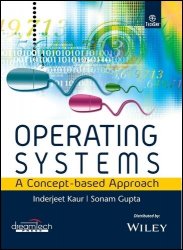 Название: Operating Systems: A Concept-Based Approach
Название: Operating Systems: A Concept-Based ApproachАвтор: Inderjeet Kaur, Sonam Gupta
Издательство: I.K. International Pvt. Ltd./Dreamtech Press
Год: 2020
Страниц: 332
Язык: английский
Формат: pdf (true)
Размер: 15.8 MB
The book describes the development of modern operating systems, explaining the evolution starting from the mainframe systems. This book deals with the subject matter in a novel, all-round manner. Since operating system is considered to be a concept-rich subject, this book discusses each concept in depth and explains the same in a lucid manner. The book also covers the practical aspects of the subject, emphasizing shell programming. It also covers all the major programs discussed in lab sessions for the students. The different features of various operating systems are also explained. Linux, Windows and Symbian Mobile operating systems are emphasized in the case studies.

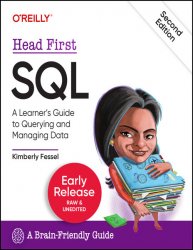
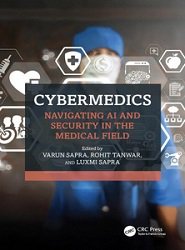 Название: CyberMedics: Navigating AI and Security in the Medical Field
Название: CyberMedics: Navigating AI and Security in the Medical Field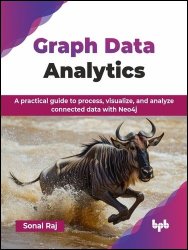
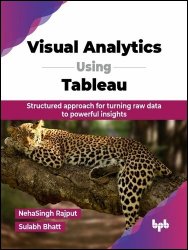

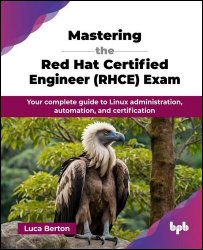
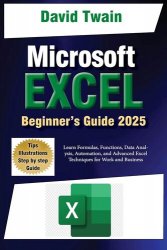
 Название: iPad User Manual - 22th Edition, 2025
Название: iPad User Manual - 22th Edition, 2025